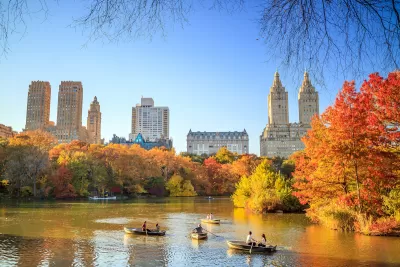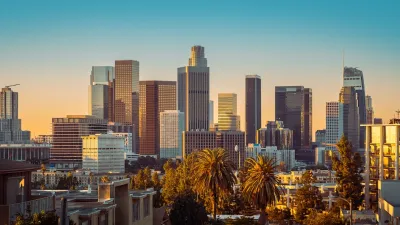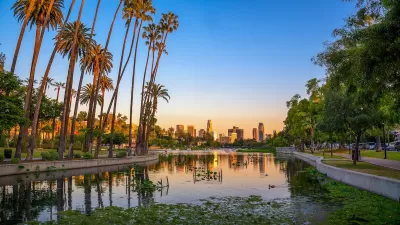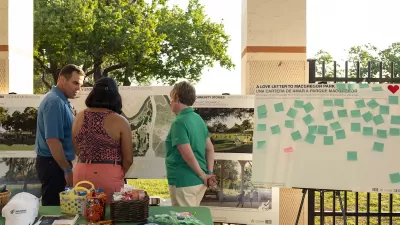A set of 20 creative suggestions for increasing parks revenue.

A new report from the Center for an Urban Future (CUF) outlines 20 ways to raise revenue for New York City parks. The report explains that “New York City’s parks maintenance challenges compound deeper infrastructure issues that have only grown over time. The parks system faces at least $685 million in capital needs just to bring existing infrastructure up to a state of good repair, with just 30 percent of those needs either underway or planned over the next three years.”
Meanwhile, some residents still lack adequate access to parks. “While the city has made important progress since 2021, more than 16 percent of New York City residents do not live within a quarter-mile walk of a small park or half-mile of a large park.”
According to a CUF press release, “The ideas—including a new $1 surcharge on tickets sold at stadiums located on parkland; adding 10 new restaurants and destination-worthy concessions in parks across the five boroughs; a fee on gas-powered leaf blowers and landscaping; and a program to monetize organic waste from parks, including turning fallen trees into commercial lumber—provide city leaders with multiple options for establishing dedicated revenue streams for parks at a time when the city’s green spaces are experiencing record usage but also face growing maintenance needs.”
FULL STORY: New Report Advances 20 Creative Ideas to Fund NYC’s Parks and Open Spaces

Study: Maui’s Plan to Convert Vacation Rentals to Long-Term Housing Could Cause Nearly $1 Billion Economic Loss
The plan would reduce visitor accommodation by 25,% resulting in 1,900 jobs lost.

Placekeeping: Setting a New Precedent for City Planners
How a preservation-based approach to redevelopment and urban design can prevent displacement and honor legacy communities.

Using Old Oil and Gas Wells for Green Energy Storage
Penn State researchers have found that repurposing abandoned oil and gas wells for geothermal-assisted compressed-air energy storage can boost efficiency, reduce environmental risks, and support clean energy and job transitions.

Washington State Plans Ambitious ‘Cycle Highway’ Network
The state is directing funding to close gaps in its existing bike network and make long-distance trips more accessible.

Homeowners Blame PG&E for Delays in ADU Permits
The utility says it has dramatically reduced its backlog, but applicants say they still face months-long delays for approvals for new electrical work.

Rethinking Wildfire Defense: How a Landscape Approach Can Protect Neighborhoods
Post-fire analysis of the Eaton Fire reveals that a landscape approach — including fire-resistant vegetation, home hardening, and strategic planning — can help reduce wildfire risk, challenging assumptions that trees and plants are primary fire hazards.
Urban Design for Planners 1: Software Tools
This six-course series explores essential urban design concepts using open source software and equips planners with the tools they need to participate fully in the urban design process.
Planning for Universal Design
Learn the tools for implementing Universal Design in planning regulations.
Borough of Carlisle
Caltrans
Heyer Gruel & Associates PA
Institute for Housing and Urban Development Studies (IHS)
City of Grandview
Harvard GSD Executive Education
Salt Lake City
NYU Wagner Graduate School of Public Service
City of Cambridge, Maryland





























